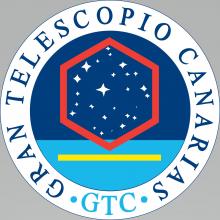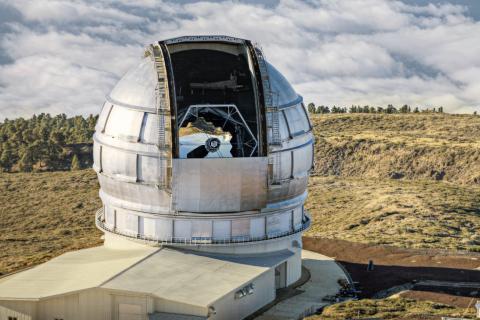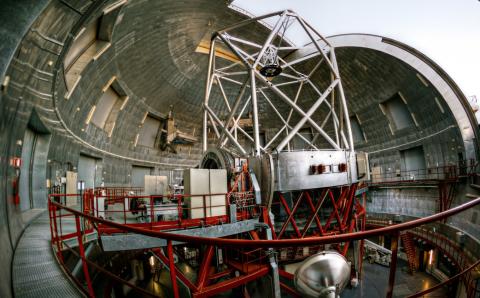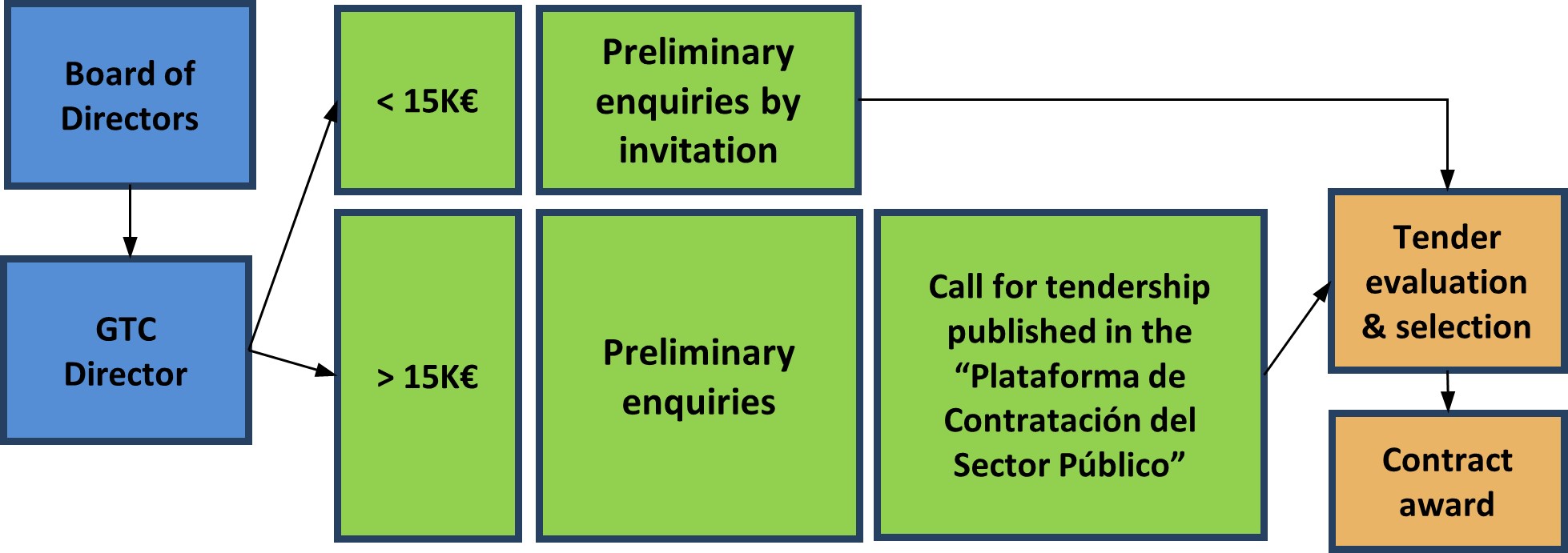


General information
-
Hosting OrganisationGran Telescopio de Canarias S.A.
-
AddressC/Vía Láctea S/N, 38205-San Cristóbal de La Laguna, Tenerife
-
Contact Info:
-
Phone
-
Emailgtc@gtc.iac.es
Description
The 10.4m Gran Telescopio Canarias (GTC) is currently the world’s largest optical-infrared telescope. The GTC is an initiative of the Instituto de Astrofísica de Canarias, and is funded by the Spanish Administration and the Canary Islands Autonomous Community with the international participation of institutions in Mexico (UNAM and INAOE) and in the US (University of Florida). The public company Gran Telescopio de Canarias, S.A. (GRANTECAN) is responsible for its construction, operation, maintenance and development. GTC is fully operational since 2009.
Main equipment or Facilities
The GTC was designed to be a versatile telescope, able to simultaneously host different instruments at its multiple focal stations, whose use can be switched in few minutes. Three to six instruments, covering the optical and near infrared domains at different spectral resolution and with multiplexing capabilities, are currently installed at the telescope and routinely offered to the scientific community. Present instruments are:
OSIRIS, now located at the main Cassegrain focus of the GTC, is an imager and spectrograph for the optical wavelength range. It allows broad-band imaging and long-slit spectroscopy, as well as narrow-band imaging using tunable filters and multi-object spectroscopy (MOS). Its field of view is 7x7arcmin2.
EMIR is a near-infrared camera and spectrograph equipped with several state-of-the-art high-technology subsystems, such as a cryogenic robotic system of reconfigurable slits able to simultaneously obtain spectra of 50 targets. EMIR capabilities include broad-band and narrow-band imaging, and long-slit and MOS spectroscopy over a field of view of 6.7x6.7 arcmin2.
MEGARA is a MOS and IFU visible spectrograph with R up to 20,000.
HORuS is a R=25000 single source fibre spectrograph for the visible range (visiting instrument).
HiPERCAM is a high-speed (up to 1000 Hz), multi-band (ugriz) camera (visiting instrument)
Projects under Development
New common-user scientific instruments are under development. They are:
MIRADAS, a MOS near-IR spectrograph with R=20000. It is under construction at the University of Florida and expected to be mounted at the GTC during 2022.
FRIDA, a near-IR imager and IFU spectrograph (up to R=30000), which is being developed at UNAM, México. It is expected at the GTC in 2023. It will be fed by an Adaptive Optics system under development at the IAC. A laser guide system will be also implemented at a later stage.
For the list of instruments available at a given time, see www.gtc.iac.es/instruments/instrumentation.php.
Other undergoing projects are the upgrade of the GTC IT facilities and software arquitecture, the automatization and optimization of the operations, a strong obsolescence control, the implementation of energy-efficient and sustainable solutions in all acitvities , and the progressive digitalization of the whole infrastructure within an Industry 4.0 paradigm.
Technology Capabilities
GRANTECAN has a wide expertise in the design of telescopes and their instrumentation. This includes various related technologies such as optics, mechanics, optomechanics, optoelectronics, visible and IR detectors and related systems, cryogenics, control systems and related software, etc.
Summary of Research Services
The GTC provides advanced observing capabilities to the astronomical community. While formal partners are Spain, Mexico and the University of Florida, GTC is open to the interest of other user communities, both via scientific and technical collaborations and agreements. Along these lines, a collaboration agreement was signed in 2016 with the Academy of Science of China. Access to GTC observing time is done via the corresponding Time Allocation Committees. Data are obtained in service-queue mode, or in visiting mode. More information at http://www.gtc.iac. es/observing/observing.php
Procurement process
